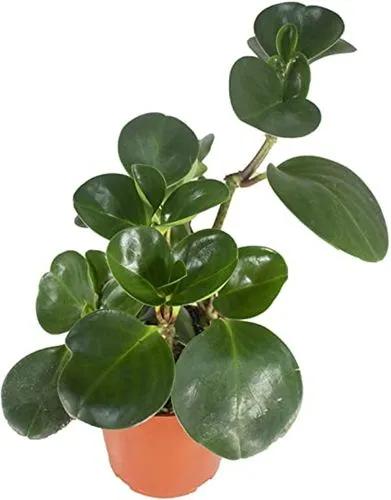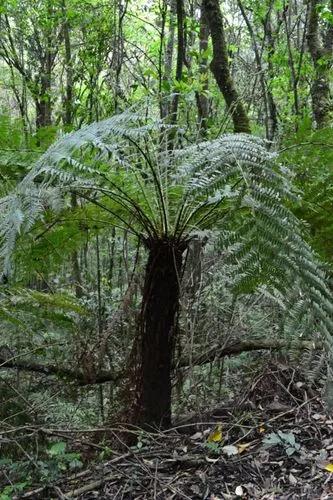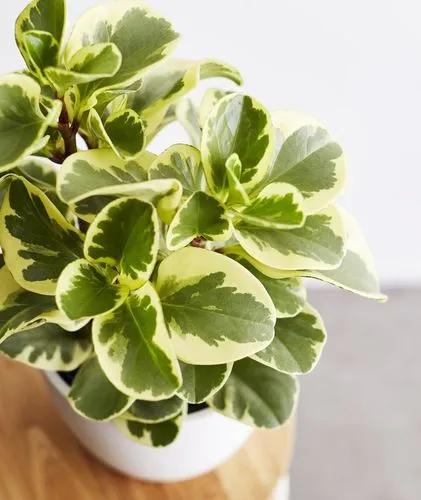Ligustrum ovalifolium is a dense, fast-growing, deciduous (evergreen/semi-evergreen in warm winter areas) shrub or small tree. It grows to 10–15 feet (3.0–4.6 m) tall and wide. Its thick, fleshy leaf is green on the top, and greenish-yellow on the underside. It flowers in midsummer, the abundant white blooms producing a unique pungent fragrance, unpleasant to some. They are borne in panicles. They have four curled-back petals and two high stamens with yellow or red anthers, between which is the low pistil; the petals and stamens fall off after the flower is fertilized, leaving the pistil in the calyx tube. Flowering starts after 330 growing degree days. The fruits, borne in clusters, are small purple to black drupes, poisonous for humans but readily eaten by many birds. In favorable growing conditions, individual shrubs may produce thousands of fruits
Korean Privet Care
Ligustrum Ovalifolium



How to Care for the Plant

Water

Water when normal rainfall does not provide the preferred 1 inch of moisture most plants prefer. Average water is needed during the growing season, but take care not to overwater. The first two years after a plant is installed, regular watering is important. The first year is critical. It is better to water once a week and water deeply, than to water frequently for a few minutes.

Pruning

It is necessary to prune your deciduous flowering shrub for two reasons: 1. By removing old, damaged or dead wood, you increase air flow, yielding in less disease. 2. You rejuvenate new growth which increases flower production. Pruning deciduous shrubs can be divided into 4 groups: Those that require minimal pruning (take out only dead, diseased, damaged, or crossed branches, can be done in early spring.); spring pruning (encourages vigorous, new growth which produces summer flowers - in other words, flowers appear on new wood); summer pruning after flower (after flowering, cut back shoots, and take out some of the old growth, down to the ground); suckering habit pruning (flowers appear on wood from previous year. Cut back flowered stems by 1/2, to strong growing new shoots and remove 1/2 of the flowered stems a couple of inches from the ground) Always remove dead, damaged or diseased wood first, no matter what type of pruning you are doing.

Fertilizer

Established plants can benefit from fertilization. Take a visual inventory of your landscape. Trees need to be fertilized every few years. Shrubs and other plants in the landscape can be fertilized yearly. A soil test can determine existing nutrient levels in the soil. If one or more nutrients is low, a specific instead of an all-purpose fertilizer may be required. Fertilizers that are high in N, nitrogen, will promote green leafy growth. Excess nitrogen in the soil can cause excessive vegetative growth on plants at the expense of flower bud development. It is best to avoid fertilizing late in the growing season. Applications made at that time can force lush, vegetative growth that will not have a chance to harden off before the onset of cold weather.

Sunlight

Unless a site is completely exposed, light conditions will change during the day and even during the year. The northern and eastern sides of a house receive the least amount of light, with the northern exposure being the shadiest. The western and southern sides of a house receive the most light and are considered the hottest exposures due to intense afternoon sun. You will notice that sun and shade patterns change during the day. The western side of a house may even be shady due to shadows cast by large trees or a structure from an adjacent property. If you have just bought a new home or just beginning to garden in your older home, take time to map sun and shade throughout the day. You will get a more accurate feel for your site's true light conditions.

Soil

A soil type is defined by granule size, drainage, and amount of organic material in the soil. The three main soil types are sand, loam and clay. Sand has the largest particle size, no organic matter, little to no fertility, and drains rapidly. Clay, at the opposite end of the spectrum, has the smallest particle size, can be rich in organic matter, fertility and moisture, but is often unworkable because particles are held together too tightly, resulting in poor drainage when wet, or is brick-like when dry. The optimum soil type is loam, which is the happy median between sand and clay: It is high in organic matter, nutrient-rich, and has the perfect water holding capacity.You will often hear loam referred to as a sandy loam (having more sand, yet still plenty of organic matter) or a clay loam (heavier on the clay, yet workable with good drainage.) The addition of organic matter to either sand or clay will result in a loamy soil. Still not sure if your soil is a sand, clay, or loam? Try this simple test. Squeeze a handfull of slightly moist, not wet, soil in your hand. If it forms a tight ball and does not fall apart when gently tapped with a finger, your soil is more than likely clay. If soil does not form a ball or crumbles before it is tapped, it is sand to very sandy loam. If soil forms a ball, then crumbles readily when lightly tapped, it's a loam. Several quick, light taps could mean a clay loam.

Temperature

Although many people believe that cooler temperatures are responsible for the color change, the weather has nothing to do with it at all. As the days grow shorter and the nights longer, a chemical clock inside the trees starts up, releasing a hormone which restricts the flow of sap to each leaf. As fall progresses, the sap flow slows and chlorophyll, the chemical that gives the leaves their green color in the spring and summer, disappears. The residual sap becomes more concentrated as it dries, creating the colors of fall.
Discover more plants with the list below
Popular articles






